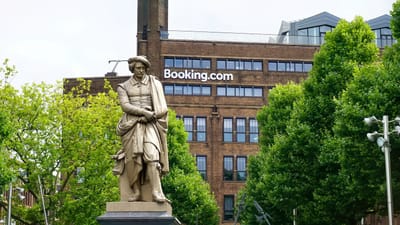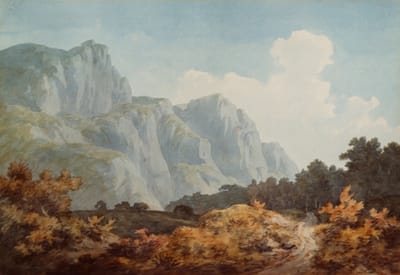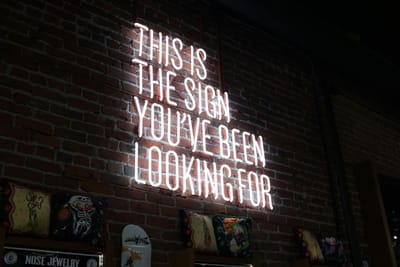Using Heat Maps to Optimize Your Booking Page Layout
Heat maps are powerful visual tools that can revolutionize the way you optimize your booking page layout. By providing a color-coded representation of user interactions, heat maps offer invaluable insights into visitor behavior, helping you identify areas of high engagement and potential pain points. This comprehensive guide will walk you through the process of utilizing heat mapping tools to understand user behavior on your booking pages. We'll explore how to interpret heat map data effectively, pinpoint areas for improvement, and implement data-driven layout changes that can significantly enhance user experience and boost conversion rates. Whether you're new to heat mapping or looking to refine your approach, this article will equip you with the knowledge and strategies needed to create a more efficient and user-friendly booking page.Table of Contents:

Understanding Heat Maps and Their Types
Heat maps are visual representations of data where values are depicted by colors. In the context of web analytics, heat maps show how users interact with a webpage. There are three main types of heat maps:1. Click maps: These show where users click on your page, highlighting the most frequently clicked areas.
2. Move maps: These track mouse movements, indicating where users hover or pause.
3. Scroll maps: These display how far down users scroll on your page.
Each type offers unique insights into user behavior. Click maps help identify which elements are most engaging, move maps can reveal user intent and interest, while scroll maps show how much of your content is actually being viewed. By analyzing these different heat map types, you can gain a comprehensive understanding of how users navigate and interact with your booking page.
Do you need a website? Want to build a website but don't know where to start? Our website builder is the perfect solution. Easy to use, and with the ability to customize to fit your business needs, you can have a professional website in no time.
Choosing the Right Heat Mapping Tool
Selecting an appropriate heat mapping tool is crucial for gathering accurate and actionable data. Look for tools that offer real-time data collection, segmentation capabilities, and integration with your existing analytics platforms. Some key features to consider include:1. Easy installation and setup
2. Multiple heat map types (click, move, scroll)
3. Device-specific heat maps (desktop, mobile, tablet)
4. Ability to filter data by date range, traffic source, or user behavior
5. User session recordings for more detailed analysis
Consider your specific needs and budget when choosing a tool. Many website builders offer built-in heat mapping features or integrations with popular heat mapping services. Explore these options to find a solution that best fits your requirements and seamlessly integrates with your current website setup.
Interpreting Heat Map Data
Once you've collected heat map data, the next step is to interpret it effectively. Here are some key aspects to focus on:1. Hot spots: Areas with high concentration of clicks or mouse activity. These indicate popular elements or content.
2. Cold spots: Areas with little to no interaction. These might be overlooked or irrelevant elements.
3. Scroll depth: How far users typically scroll down your page.
4. Distractions: Elements that receive attention but don't contribute to conversions.
5. Device differences: How user behavior varies across desktop and mobile devices.
Look for patterns and anomalies in the data. Are users clicking where you want them to? Are important elements being overlooked? Is there a significant drop-off point in scrolling? By answering these questions, you can start to form hypotheses about potential improvements to your booking page layout.
Building a website with SITE123 is easy
Identifying Pain Points in Your Booking Page
Heat maps can reveal several pain points that might be hindering your booking page's performance:1. Clickable elements that aren't getting clicks: This could indicate confusing design or poor placement.
2. Non-clickable elements receiving clicks: This suggests users are expecting functionality that isn't there.
3. Important information below the scroll fold: If users aren't scrolling far enough, they might miss crucial details.
4. Distracting elements: Features that draw attention away from your main call-to-action (CTA).
5. Mobile-specific issues: Elements that work well on desktop but cause problems on smaller screens.
By identifying these pain points, you can prioritize which areas of your booking page need the most attention. Remember, the goal is to create a smooth, intuitive journey for users from arrival to booking completion.
Making Data-Driven Layout Improvements
Armed with insights from your heat map analysis, you can now make informed decisions to optimize your booking page layout:1. Reposition important elements: Move crucial information and CTAs to areas of high user engagement.
2. Simplify the layout: Remove or de-emphasize elements that distract from the main booking process.
3. Improve above-the-fold content: Ensure the most important information is visible without scrolling.
4. Enhance clickable elements: Make buttons and links more prominent and intuitive.
5. Optimize for mobile: Ensure your layout adapts well to smaller screens, considering touch interactions.
Remember to make changes incrementally and continue monitoring your heat maps. This allows you to isolate the impact of each change and further refine your layout based on ongoing user behavior data.
A/B Testing Your Improvements
After implementing changes based on your heat map analysis, it's crucial to validate their effectiveness through A/B testing. This involves creating two versions of your booking page - the original and the optimized version - and comparing their performance. Here's how to approach A/B testing:1. Set clear objectives: Define what success looks like (e.g., increased bookings, longer time on page).
2. Test one change at a time: This helps isolate the impact of each modification.
3. Run tests for a significant period: Ensure you gather enough data for statistically significant results.
4. Analyze results carefully: Look beyond just conversion rates to understand the full impact of your changes.
5. Iterate and refine: Use the insights from each test to inform further optimizations.
By combining heat map analysis with A/B testing, you create a powerful optimization cycle that continually improves your booking page's performance based on real user data.





